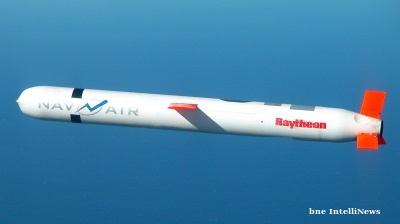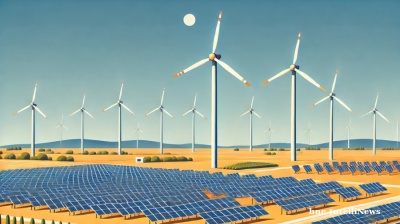Nato’s defence ministers decided to develop options for strengthening the alliance’s forces in the Southeast Europe, including Bulgaria and Romania, accusing Russia of sending more troops near to Ukraine instead of withdrawing them, Nato’s secretary general Jens Stoltenberg said at a press briefing on February 16.
“Moscow has made it clear that it is prepared to contest the fundamental principles that have underpinned our security for decades. And to do so by using force. I regret to say that this is the new normal in Europe,” Stoltenberg said.
He also said that Russia has gathered the biggest concentration of forces since the end of the Cold War.
“[O]f course, we don't have certainty about what they will do with those capabilities. But this is the biggest concentration of combat ready troops, with all the neighbours, with all the support, we have seen in Europe since the end of the Cold War. And that is in itself concerning,” Stoltenberg said.
He warned that if Russia decides to use force, the price for Moscow would be high as sanctions would be imposed, while Ukraine has been provided with training, equipment and optimisation of its command by Nato.
“[T]oday, ministers decided to develop options for further strengthen Nato’s deterrence and defence. Including to consider establishing new Nato battlegroups in central and eastern, south-eastern Europe. And I welcomed the offer by France to lead such a battlegroup in Romania,” he added.
Reuters quoted Western intelligence official as saying that Russian military exercises were at their peak stage and the risk of Russian attack against Ukraine would remain high through February.
According to diplomats, quoted by Reuters, the combat units, or 'battlegroups', could also be set up in Hungary and Slovakia.
“I will not preempt any final decision. We have asked our military commanders to provide advice and provide more details on the scale and the scope, including on potential new battlegroups in the East, in the southeast, in Romania, in the Black Sea region. And also other potential adjustments of our more longer term precedence in the East,” Stoltenberg said.
He added that no final decision has been made but Romania had expressed readiness to host a battlegroup, while France was ready to lead one. The secretary general said that other Nato allies were also ready to participate.
Nato has already deployed more troops, ships, and planes in the eastern part of the alliance after Russia invaded Crimea in 2014.
Nato forces have since been tripled to respond to the threat of a possible new invasion from Russia.
Romanian Minister of Defence Vasile Dîncu spoke on February 16 of the importance of ensuring a “consolidated, credible, coherent and balanced” collective defence position on Nato’s eastern flank.
"Our country strongly supports the adaptation of the Alliance's position by conducting Allied Fighting Groups in Central and Eastern Europe, including Romania. These Fighting Groups represent a preventive measure, they have a defensive character, and the purpose is to discourage and avoid escalation,” said Dîncu, according to a ministry statement.
Bulgarian Minister of Defence Stefan Yanev presented his government’s decision on Sofias’s contribution to the allied efforts by building a Bulgarian battalion battle group, under the command of Bulgarian officers. "Preserving collective defence as one of the key tasks of the Alliance is of utmost importance to us," said Yanev.
News

Mongolia’s PM ousted as party infighting topples government
Right to challenge sacking means battle may not be over. Observer says confrontation is linked to desire for control of country’s vast coal resources.

Ex-chairman of Istanbul-listed Sisecam hit with travel ban in Can Holding investigation
Company is controlled by "Ataturk" bank Isbank, which has previously been in the crosshairs of Turkish president Erdogan.

Ghana’s dormant TOR refinery to restart crude operations by October-end
Ghana has long struggled to translate its crude output into refined fuel security. Successive governments have pledged to revive TOR, which has faced years of debt, mismanagement, and technical breakdowns.

No Tomahawks for Ukraine, Trump to meet Putin in Hungary
The US cannot deplete its own stockpile of Tomahawk cruise missiles by supplying them to Ukraine, President Donald Trump said at a press conference on October 16 following a phone conversation with Russian President Vladimir Putin.




